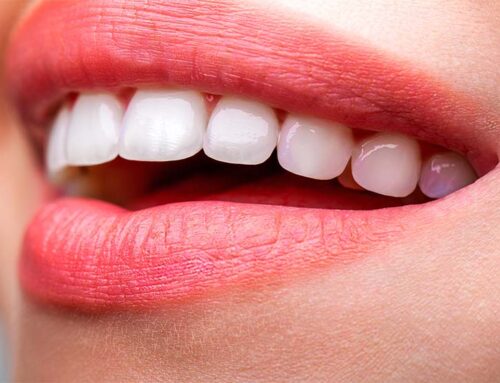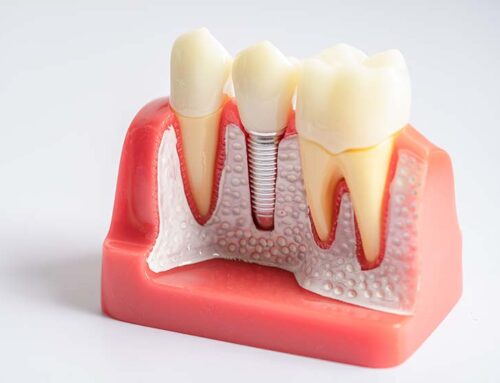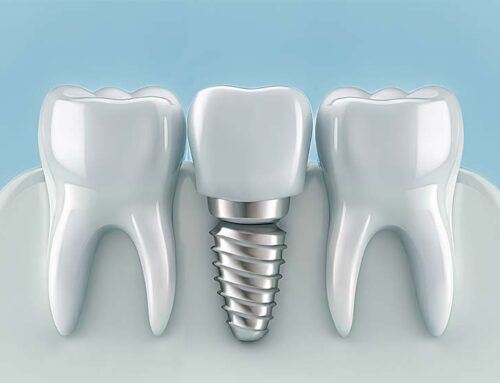Smile design is a procedure that not only enhances the aesthetic appearance of teeth but also supports their health. It improves the appearance of teeth while also including treatments that maintain their function in speech and chewing and ensure the health of the teeth and gums. In this treatment, a new tooth form is first designed to suit the individual’s facial features and oral structure. Smile design can be supported by dental aesthetic applications such as laminate veneers and zirconium, as well as teeth whitening, implants, and orthodontic treatments.
A smile is a crucial factor in boosting self-confidence in social interactions and professional life. Individuals who feel uncomfortable with the color or appearance of their teeth often try to hide their smile, which can turn into a habit over time. Smile design eliminates this self-consciousness, providing significant psychological relief. Numerous studies have shown that smiling comfortably helps reduce anxiety.
Smile design is not just an aesthetic transformation but also an improvement process for oral health. Missing, misaligned, broken, or cracked teeth negatively affect chewing function. Gaps between teeth and misalignments make cleaning more difficult, allowing food particles to accumulate more easily, which is a major cause of tooth decay and gum disease. Therefore, in smile design, missing teeth are replaced, and teeth are properly aligned to enhance both oral and dental health. In some cases, gum aesthetics may also be required. If the gums appear excessively or have an uneven appearance, procedures such as gum contouring may be applied.
The color, shape, size, and alignment of the teeth not only impact the smile but also play a significant role in the overall facial aesthetic. Structural problems in teeth, as well as changes in color and shape due to aging, can occur. Brighter, whiter, and well-aligned teeth contribute to a more youthful and dynamic appearance, enhancing the overall facial look.
Smile design is a comprehensive process that includes treatments aimed at both aesthetic improvement and oral health. The individual’s needs may range from minor aesthetic interventions on a couple of teeth to more extensive treatments that address dental problems affecting chewing function and oral hygiene. A dentist evaluates both the patient’s needs and expectations to create a personalized treatment plan. As a result, individuals achieve not only an aesthetically pleasing smile but also healthy teeth. A healthy, aesthetic, and beautiful smile positively impacts both appearance and overall quality of life.







Leave A Comment